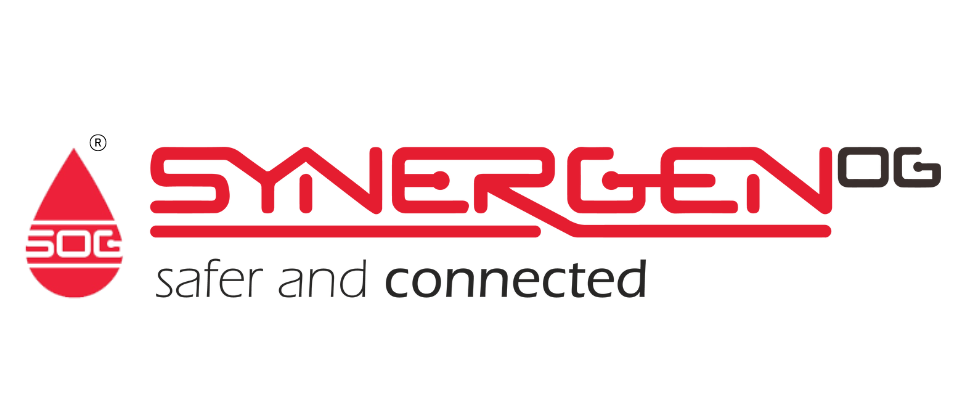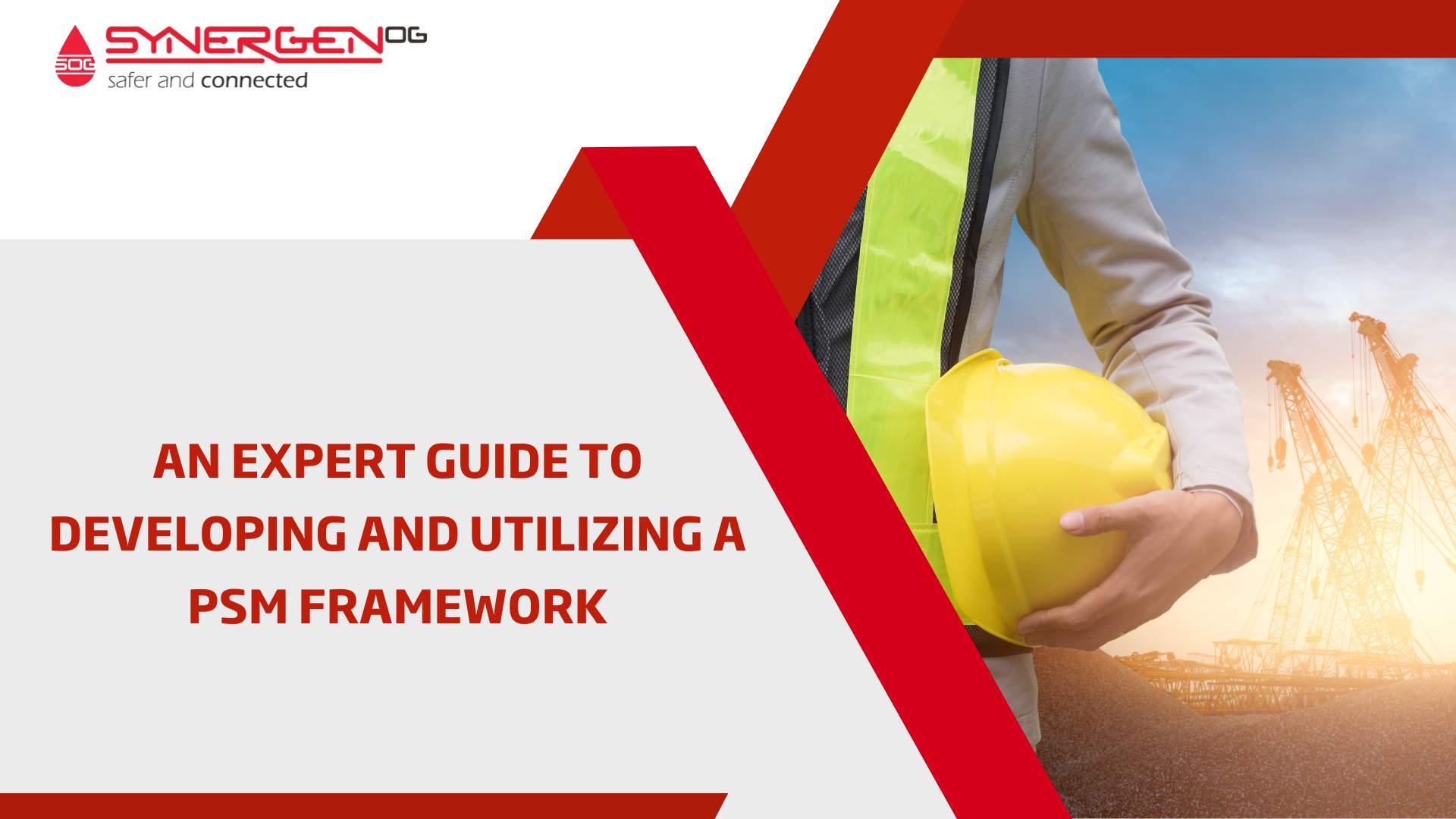A PSM framework is a roadmap for the organization, processes and tools necessary to implement a successful process safety management program. The benefits of deploying a PSM framework are many and varied. Still, most importantly, it provides organizations with a structured approach to managing their process safety risks and ensures that process safety is given the attention it deserves.
Popular PSM Models
There are a few popular Process Safety Models that can be used as a framework for developing your PSM.
1) Swiss Cheese Model of Process Safety
The Swiss Cheese Model of Process Safety Management is a graphical representation of how various factors can contribute to an accident. The model has been used extensively in the oil and gas industry to help explain the need for multiple layers of protection against hazards.
The model consists of a series of interconnected cheese slices, each representing a barrier to an accident. The holes in the cheese represent weaknesses in those barriers that can allow an accident to occur.
There are four main types of barriers represented in the model:
- Physical barriers: These are things like walls, fences, and guards that physically protect people and equipment from hazards.
- Procedural barriers: These are policies and procedures that control how work is done and ensure that safety procedures are followed.
- Management barriers: These are management systems and practices that ensure safety is considered in all decision-making.
- Cultural barriers: These are values, beliefs, and attitudes that prioritize safety in the workplace.
The Swiss Cheese Model of Process Safety is a widely accepted approach to identifying and managing process safety risks.
The model identifies four key elements of process safety management:
- Process hazard identification and analysis
- Process safety information
- Process safety audits
- Management of change
The model suggests that each of these elements must be in place and working effectively in order to manage process safety risks effectively. However, even with all four elements in place, there will always be some residual risk that can never be completely eliminated.
2) CCPS Risk-Based Model of Process Safety
The Center for Chemical Process Safety (CCPS) has developed a risk-based model of process safety that can be used to guide the development and implementation of a process safety management (PSM) framework. The model is based on the concepts of hazard identification, risk assessment, and control.
The first step in using the CCPS model is to identify the hazards associated with the process. This can be done through a variety of methods, including literature review, expert opinion, and data analysis.
Once the hazards have been identified, they must be evaluated to determine their likelihood and potential consequences. The results of this evaluation are used to develop and implement controls to mitigate the risks.
The CCPS model provides a systematic approach to process safety that can be tailored to the specific needs of any organization. When properly implemented, it can help reduce the likelihood of accidents and improve overall safety performance.
How to Develop a PSM Framework

The development of a PSM framework will vary depending on the distinct requirements of your organization. However, there are some key steps that should be followed in order to ensure that your PSM framework is effective.
1) Identify & Assess Risks
This includes identifying potential sources of risk, assessing the likelihood and potential impact of each risk, and determining which risks are most critical to address.
There are a number of tools and techniques that can be used to identify and assess risks, including:
- Brainstorming with stakeholders
- Reviewing historical data
- Conducting interviews and surveys
- Using checklists and risk matrices
provides a systematic approach to process safety that can be tailored to the specific needs of any organization. When properly implemented, it can help reduce the likelihood of accidents and improve overall safety performance.
Once potential risks have been identified, it is important to assess their likelihood and potential impact. This will help prioritize which risks are most critical to address.
A number of factors should be considered when assessing risks, including:
- The severity of the potential consequences
- The probability of the event occurring
- The time frame in which the event could occur
- The impact on operations, safety, reputation, etc.
2) Process Safety Culture
Process safety culture is the foundation for a strong process safety management (PSM) framework. It starts with creating a safe and healthy work environment, where employees feel comfortable raising concerns and speaking up about potential hazards.
From there, you can develop policies and procedures that everyone understands and follows.
Leadership
Leadership is key to maintaining a strong process safety culture. Employees need to see that safety is a priority for management and that there are consequences for unsafe behaviour. Leaders should also encourage employees to participate in hazard identification and risk assessment activities.
Regular Training
Regular training is another important element of maintaining a strong process safety culture. Employees should be trained on the hazards associated with their job tasks, as well as the proper procedures for working safely. They should also be able to identify potential hazards in their work area and know how to report them.
Effective Communication
Effective communication is essential to maintaining a strong process safety culture. Employees need to know what’s expected of them, and they need to be able to give feedback without fear of retribution. Management should also keep employees informed of changes in policy or procedure that could impact their safety.
3) Management of Risks
When it comes to developing a PSM framework, one of the most important things to keep in mind is risk management. After all, if you’re not properly managing the risks associated with your project, then your entire framework could come crashing down.
There are a few key things to keep in mind when it comes to risk management:
1. Make sure you have a clear understanding of what risks are involved with your project. This includes both potential risks and actual risks.
2. Once you have a good understanding of the risks involved, you need to develop a plan for how to deal with them. This plan should include contingencies for each risk.
3. Make sure you communicate your risk management plan to all stakeholders. This way, everyone is on the same page and knows what to do if something goes wrong.
4. Finally, make sure you monitor the risks throughout the duration of your project. Things can change quickly in a project, so it’s important to stay on top of the risks and make adjustments to your plan as needed.
By following these steps, you can develop a PSM framework that is tailored to the particular needs of your organization.
How an Effective PSM Framework Helps to Implement PSM Successfully
A PSM framework can help organizations prevent or mitigate the consequences of major accidents and incidents.
A Tailored PSM Framework is the Key to Effective Safety Management
An effective PSM framework should be tailored to the specific needs of the organization and its processes. It should identify potential hazards and risks, and establish controls to eliminate or minimize those risks. The framework should also include provisions for monitoring and auditing the effectiveness of the controls.
Successful PSM Implementation Involves All Stakeholders
Organizations that have successfully implemented PSM frameworks have typically done so by involving all stakeholders in the development and implementation process. This includes management, employees, contractors, suppliers, and regulatory agencies.
Effective communication and consultation among all stakeholders are essential for ensuring that the PSM framework is fit for purpose and achieves its objectives.
Process Safety Management Documentation: Key to Effective Implementation
An effective Process Safety Management (PSM) system requires well-documented policies and procedures. Your PSM documentation should include a comprehensive list of all the equipment and procedures associated with your tailored PSM framework. It should also detail the safety hazards associated with each piece of equipment and how to control them.
Choosing the Right Partner for Process Safety Management
Deciding on the right partner for your process safety management (PSM) is a critical step toward ensuring the success of your PSM program. One important factor is the company you choose to partner with. SynergenOG is an independent engineering consultancy oil and gas industry that specializes in PSM services. We have a team of experts who are dedicated to helping our clients identify and manage risks associated with their operations.
In conclusion, a PSM Framework can be extremely beneficial to your organization by providing a clear and concise way to manage processes and improve efficiency. By understanding the basics of process mapping and incorporating it into your business strategy, you can take your company to the next level.


[…] by utilizing popular Process Safety Management (PSM) models. In this blog post, we will explore two popular PSM models – the Swiss Cheese Model of Process Safety and the CCPS Risk-Based Model of Process Safety. […]
[…] Read more on PSM Frameworks – https://synergenog.com/developing-psm-framework/ […]
[…] https://synergenog.com/developing-psm-framework/ […]
[…] wikipedia […]